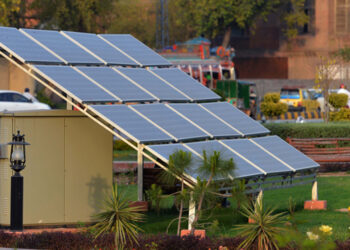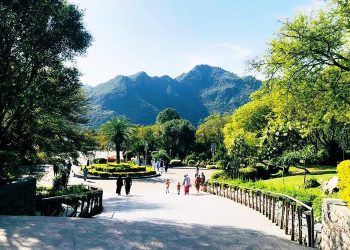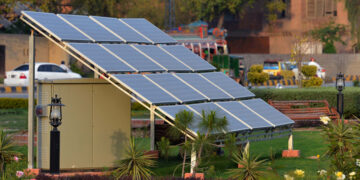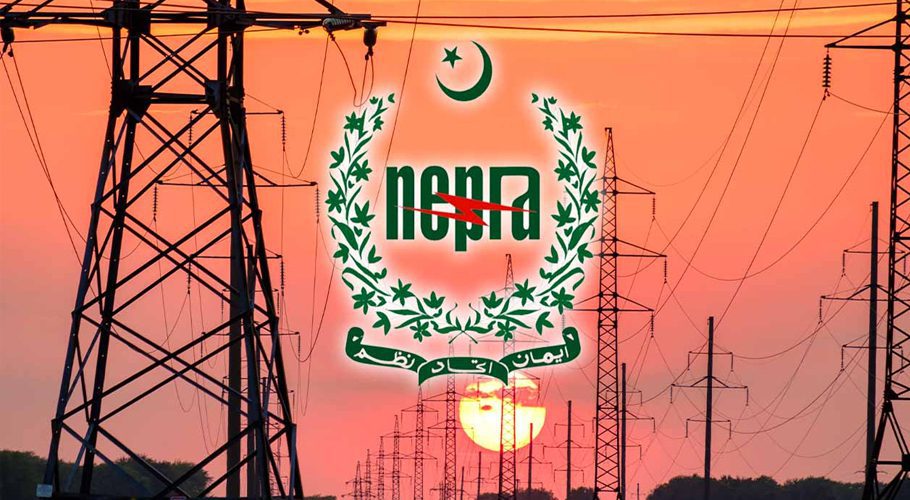Soaring prices of sacrificial animals in Karachi have driven away folks who typically offer cows or goats during Eid al-Adha, with this year prices for smaller animals have risen by up to PKR 30,000, while the cost of larger animals has increased by as much as PKR 70,000.
Analysts attribute the surge in prices to Pakistan’s increasing meat exports, which have contributed to the rise in livestock prices this year.
Eid al-Adha, one of Islam’s two major religious festivals, marks the culmination of the annual Hajj pilgrimage, during which Muslims commemorate the willingness of Prophet Ibrahim (AS) to sacrifice by slaughtering animals.
Last year, a small cow could be purchased for under PKR 100,000. Now, even underweight cows are priced at PKR 200,000 or more. At the Super Highway Cattle Market this year, the average price of a medium-sized cow or bull has surged nearly 94 percent, reaching up to PKR 330,000.
Livestock are primarily sourced from major markets in Punjab and Sindh. Mid-sized traders face additional transportation expenses when bringing animals to metropolitan areas like Karachi and Lahore. These costs include fuel, taxes, and maintenance expenses at local markets—such as lighting and security.
Once all these costs are accounted for, traders add their profit margins, which can range from PKR 15,000 to PKR 50,000 for smaller animals, and up to PKR 200,000 for larger ones.
Last year, a small cow could be purchased for under PKR 100,000. Now, even underweight cows are priced at PKR 200,000 or more. At the Super Highway Cattle Market this year, the average price of a medium-sized cow or bull has surged nearly 94 percent, reaching up to PKR 330,000
However, the price hikes have made it increasingly difficult for many middle-income families to afford sacrificial animals. Cows that sold for PKR 150,000 to PKR 200,000 last year are now being offered for PKR 200,000 to PKR 300,000, while premium animals are priced between PKR 400,000 and PKR 1 million.
Many low-income groups are now seeking more affordable options by purchasing large sacrificial animals on a shared basis.
During the fiscal year 2023–24, Pakistan’s meat exports reached a record USD 512 million, representing a 20 percent increase over the previous year. This growth was driven by a 24 percent rise in export volume, totaling 123,515 tons.
The expansion of meat exports reduces the number of livestock available domestically. During the Eid al-Adha season, when demand is seasonal and surges rapidly, the supply becomes increasingly limited.
Also read: What are the Qasai rates on Eidul Adha 2025?
Last week, the impact of high prices was visible at Karachi’s cattle market. Despite covering nearly 1,200 acres and offering around 175,000 animals for sale, the market saw only a limited number of buyers.

































